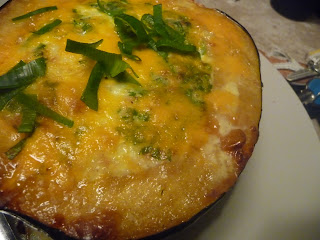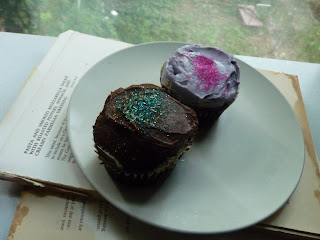
 When you cook for two (or more), you engage in a gradual process of discovering what the other person (or people) will or will not eat. I know some of you have children--this is probably not news to you. But when I moved in with Laura, I figured I would have to go through this process of feeling out different spices, vegetables and recipes to see what she would eat and what she wouldn't.
When you cook for two (or more), you engage in a gradual process of discovering what the other person (or people) will or will not eat. I know some of you have children--this is probably not news to you. But when I moved in with Laura, I figured I would have to go through this process of feeling out different spices, vegetables and recipes to see what she would eat and what she wouldn't.I have learned this: Laura will eat just about anything, except for (1) things that are hot/spicy and (2) sundried tomatoes.
I love sundried tomatoes. I didn't always. But now that they've outlived the trend, I can say that I could consume a whole bag-full in a sitting. I like the Whole Foods brand for snacking, and the ones packed in olive oil are really best for cooking (though we rarely buy them).
Laura, however, loves red peppers. So, in compromise, I made two separate dishes with the same sauce--one with sundried tomatoes and one with red peppers. The recipe couldn't be easier.
Goat Cheese Pasta (two ways)
Serves 2
1 1/2 oz. goat cheese
8 oz. bowtie pasta
Fresh ground black pepper and kosher salt
5 sundried tomatoes, sliced; 1/2 red bell pepper, julienned
Cook and drain pasta, reserving about 1/2 c pasta water. In large bowl, combine 1/4 c pasta water and goat cheese. Whisk cheese and water together, adding more water to create a sauce. Season with salt and pepper and toss with pasta.
For sundried tomatoes, simply place in the bottom of the strainer before draining the pasta. Saute the red bell peppers in olive oil until softened but still crisp. Add to pasta.















































